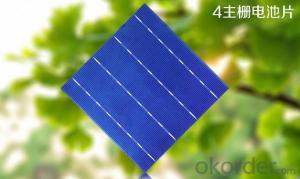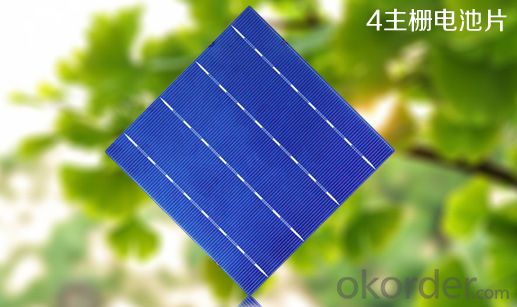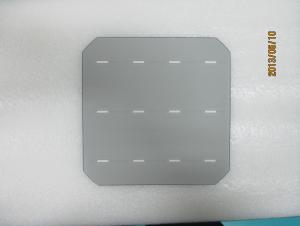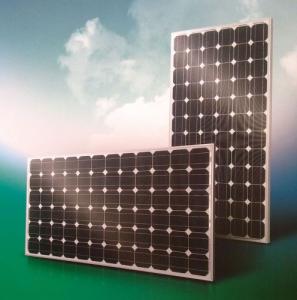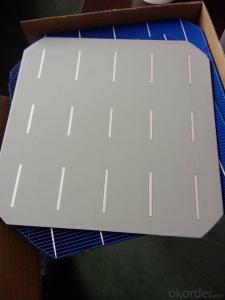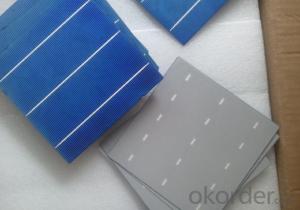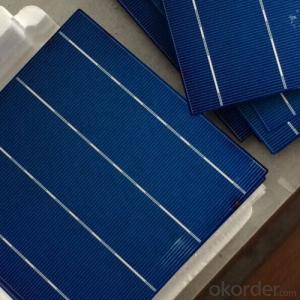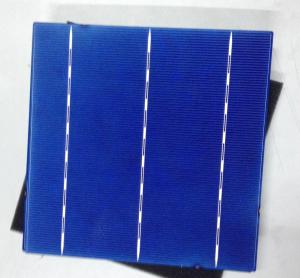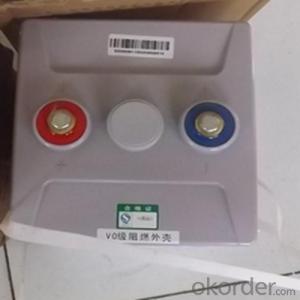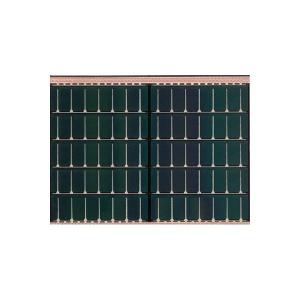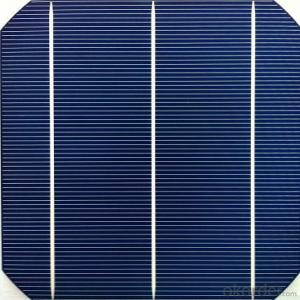High Efficiency PV Poly 4BB Solar Cells
- Loading Port:
- China Main Port
- Payment Terms:
- TT OR LC
- Min Order Qty:
- -
- Supply Capability:
- -
OKorder Service Pledge
Quality Product, Order Online Tracking, Timely Delivery
OKorder Financial Service
Credit Rating, Credit Services, Credit Purchasing
You Might Also Like
our cells special features:
1. High conversion efficiencies resulting in superior power output performance
2.Outstanding power output even in low light or high temperature conditions
3.Optimized design for ease of soldering and lamination
4.Long-term stability,reliability and performance
5.For 156P poly cells with high efficiency in photovoltaic conversion 16.3%-17.5%.
6.Low inverse current, high shunt resistance and high dependability.
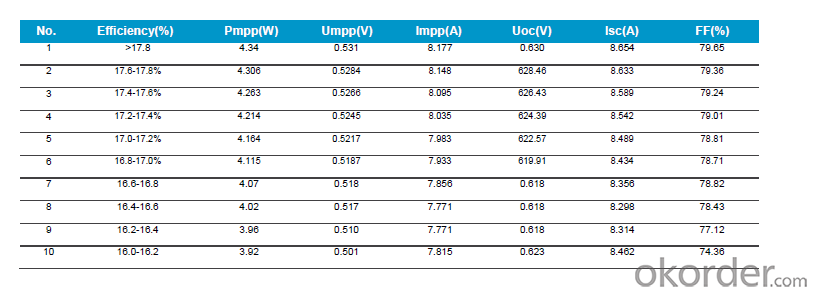
- Q: Can solar cells be used in ski resorts for snowmaking?
- Yes, solar cells can be used in ski resorts for snowmaking. Solar panels can generate electricity from sunlight, which can then be used to power snowmaking equipment. This can provide a sustainable and environmentally friendly solution for snowmaking, reducing the reliance on traditional energy sources.
- Q: What is a monocrystalline solar cell?
- A monocrystalline solar cell is a type of solar cell made from a single crystal structure, typically of silicon. It is known for its high efficiency in converting sunlight into electricity due to its uniform crystal lattice structure, which allows for better electron flow. Monocrystalline solar cells are widely used in photovoltaic systems due to their excellent performance and durability.
- Q: Which one is better on the solar cells panel? The Monocrystal Solar Energy Cell or photovoltaic cell?
- I tried both, and I noticed that photovoltaic cell is better at collecting the sunlight, which can be converted into the power supply I need. In this way, I think photovoltaic cell is the best!
- Q: Can solar cells be used for powering submarines?
- No, solar cells cannot be used as the primary source of power for submarines due to their limited efficiency and inability to generate sufficient energy for the demanding requirements of underwater operations.
- Q: Can solar cells be used for powering wildlife tracking devices?
- Yes, solar cells can be used for powering wildlife tracking devices. Solar panels can generate electricity from sunlight, which can then be stored in batteries to power tracking devices. This renewable energy solution is particularly useful for wildlife tracking as it eliminates the need for frequent battery replacements in remote areas.
- Q: I am working on research for the usage of solar cells, where can I find more news of solar cells?
- You can visit the city library, where you can find a lot of books and newspapers talking about the solar cells.
- Q: I have a turnkey solar power project starting in 6 months, now we are searching the market in south China to find the best solar cells manufacturers. Any professional suggestion or recommendation?
- Our company name is Zhuhai Pinge Battery Co., Ltd., research and development, production, sales for the integration of the sci-tech enterprise, takes the market demands and technology innovation as the guide, focuses on battery’s technology research and practical applications. With professional technical team and excellent service to customers, we will promote the progress of the times in the battery industry.
- Q: How do solar cells affect the environment?
- Solar cells have a positive impact on the environment. They produce clean, renewable energy by converting sunlight into electricity, reducing the reliance on fossil fuels. Solar cells emit no greenhouse gases or air pollutants during operation, helping to combat climate change and improve air quality. Additionally, they have a minimal impact on water resources and land use compared to other energy sources.
- Q: What is the expected degradation rate of a solar cell?
- The expected degradation rate of a solar cell can vary depending on various factors such as the type of solar cell, the quality of materials used, the environmental conditions, and the maintenance practices. On average, however, most solar cells experience a degradation rate of around 0.5% to 1% per year. This means that the efficiency of the solar cell decreases by this percentage over time. Proper maintenance and regular cleaning can help mitigate degradation and extend the lifespan of a solar cell.
- Q: Can solar cells be used for powering electric vehicles in motion?
- Yes, solar cells can be used for powering electric vehicles in motion. Solar panels can be installed on the roof or any other surface of the vehicle to harness sunlight and convert it into electricity. This electricity can be used to charge the vehicle's batteries while it is moving, supplementing the power from the grid or reducing reliance on it. However, the efficiency of solar cells and limited surface area on vehicles may pose challenges in meeting the entire power demand of electric vehicles solely through solar energy. Nonetheless, solar technology has the potential to contribute to the overall power supply of electric vehicles, making them more sustainable and reducing their carbon footprint.
Send your message to us
High Efficiency PV Poly 4BB Solar Cells
- Loading Port:
- China Main Port
- Payment Terms:
- TT OR LC
- Min Order Qty:
- -
- Supply Capability:
- -
OKorder Service Pledge
Quality Product, Order Online Tracking, Timely Delivery
OKorder Financial Service
Credit Rating, Credit Services, Credit Purchasing
Similar products
Hot products
Hot Searches
Related keywords
